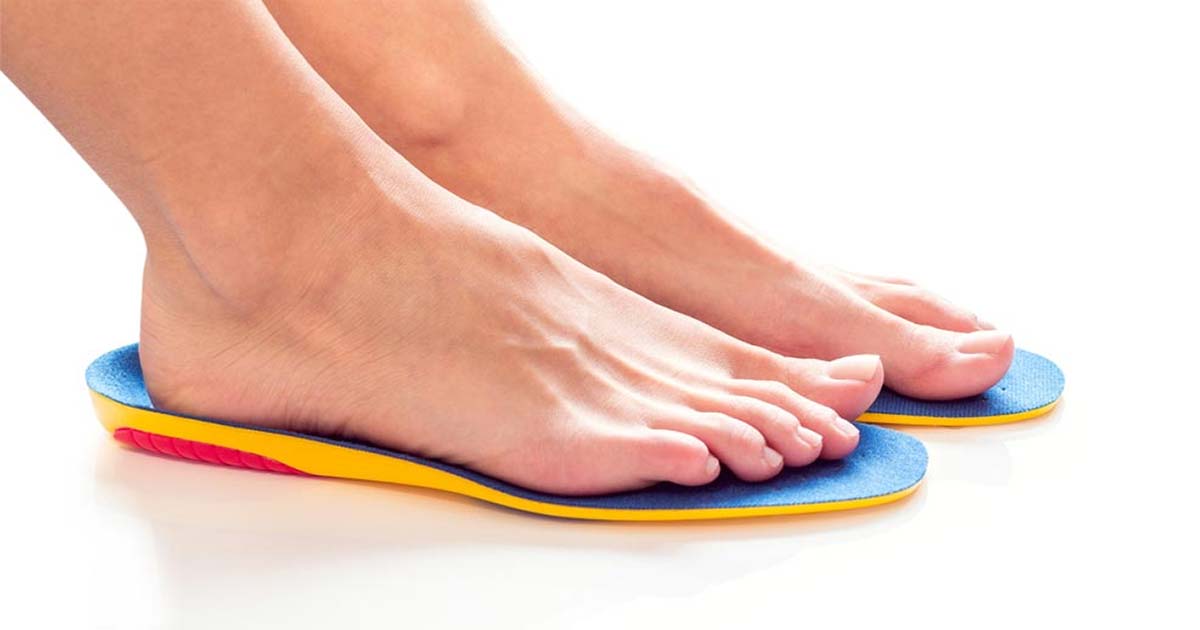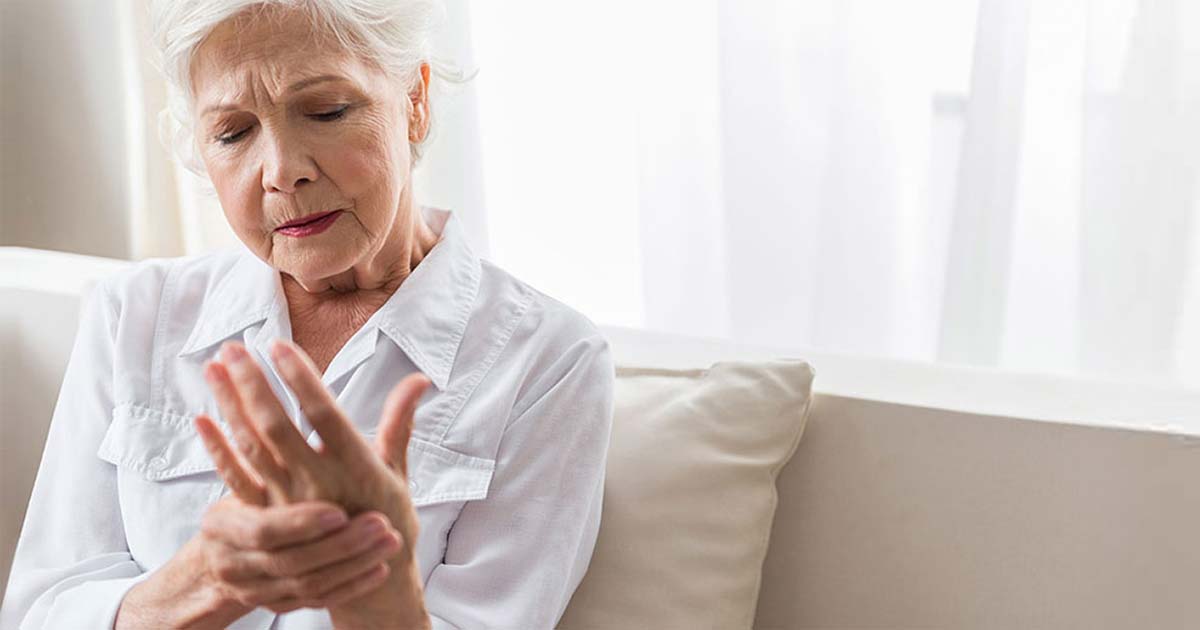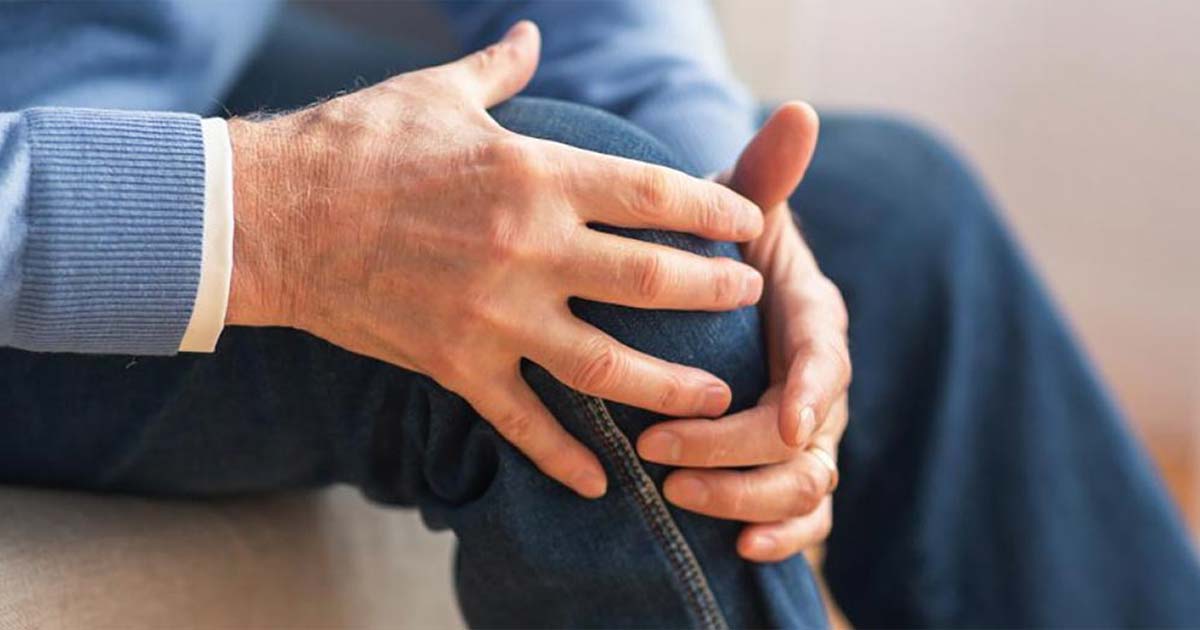Advice to improve your movement, fitness, and overall health from the world's #1 in orthopedics.
The Dos and Don'ts of Caring for Your Feet
With people relying on their feet a lot more each day, knowing how to properly care for them is important. Here are 5 tips to help you do just that.
Advice to improve your movement, fitness, and overall health from the world's #1 in orthopedics.
With gyms closed and fewer people taking public transportation, you may find yourself relying more than ever on your feet – whether it’s for the mental or physical benefits of running and walking or just to get where you’re going. But how do you care for those feet, now that they’re getting a lot more use than they may be accustomed to?

Rock Positano and Rock CJay Positano, foot and ankle specialists and Co-Directors of the Non-surgical Foot and Ankle Service and the Joe DiMaggio Heel Pain Center at HSS, offer some dos and don’ts for caring for your feet.
- Don't wear old shoes or shoes that don't fit.
They may feel comfortable, but old shoes are a major cause of foot overuse injuries. If sneakers are worn down, they’re less efficient at absorbing shock, which is the main function of the heel and the foot.
Also, don’t wear flat styles, which cause extra stress on the heels, Achilles tendons, calves, shins and knees and can lead to discomfort and inflammation. A small heel is actually better than a flat shoe because it gives more stability and reduces the forces on the foot, ankle and lower leg.
To get the best fit for new shoes, try them on in the afternoon, when your foot is swollen to its largest point, to get a more accurate idea of how comfortable it really is. There is no such thing as “breaking in” a shoe – it either fits or it doesn’t. Trying to fit a size 9 foot into a size 7 shoe can damage the 26 bones, 29 muscles and more than 100 tendons and ligaments you’re squishing together to squeeze them on. And avoid buying shoes online unless you’ve bought the same shoe in the past and you know you it works for you.
- Do wear shoes at home.
Going barefoot around your house may seem logical, but it could put unnecessary strain on your feet. Your arches need support — without it, the rest of your foot works overtime. This can lead to fatigue and can also increase the stress on your knees, hips and lower back. A supportive slipper, with a firm backing and a supportive midsole, can be a good option if you don’t want to wear shoes inside.
- Don't sit for too long.
Even if you’re walking less than you used to because you’re home more often, you should still keep your foot health in mind, since a lack of activity can equally affect them. Sitting for prolonged periods of time causes the Achilles tendon and plantar fascia that runs underneath the bottom of the foot to shorten. This puts added stress and tension on the foot, ankle and lower leg.
Before you get out of bed in the morning, trying stretching your Achilles tendons, which are in the back of your heel. It’s a good warmup for your heel and your plantar fascia, which is a thick band of tissue that runs along the underside of each foot.
- Do soak your feet.
After hoofing around all day, your feet may swell or feel tired. To reduce swelling and inflammation, soak your feet in a cold bathtub twice a day for 20 minutes. (Hot water adds to the swelling and makes discomfort worse.) You can also reduce swelling by raising your feet 6 inches above your heart at night while you sleep.
- Don't ignore swelling or pain.
And finally, don’t ignore constant swelling in the feet and ankles as this may also signal a problem with circulation or blood flow to the foot. If you have type 2 diabetes, you are more prone to these injuries, as this condition predisposes you to having delayed healing and recovery issues.
Updated 12/7/2020






